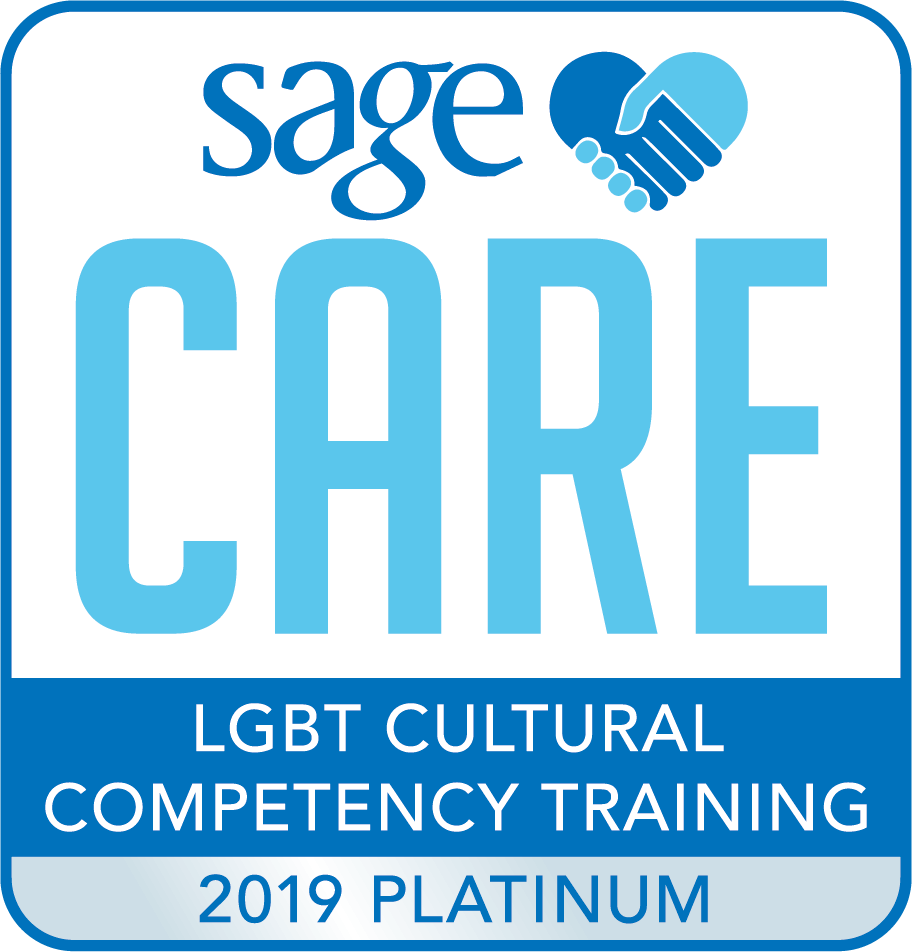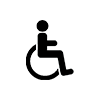Technology and aging are not usually things that people think about in the same sentence. And yet, technology is already drastically improving the lives of many older adults, helping them connect with others, improve their health and find ways to participate in life.
To be clear, technology, as per the Oxford Dictionary is the “application of scientific knowledge for practical purposes.” Although it historically was to relate to industry, technology today already significantly improves our experience of aging. We can include everything — from hearing aids to phones to wearable devices to advanced medical devices, computers and home products, vehicles and apps — as contemporary technologies that can improve aging.
This month we will be looking at several different aspects of technology and aging as a lead up to the 2019 Ruth Frost Parker’s annual Symposium: The Promise of Technology for Aging Abundantly. Dr. Joe Coughlin, founder and director of MIT’s AgeLab will be the keynote speaker on Friday, October 11, 2019. Registration information can be found with this link.
Connections with Others
Even the oldest members among us were born after the invention of the telephone. They have seen just a few changes in that one piece of technology. Ask an older adult today to describe phones when they were children, and the picture is larger and more limited than what we now carry in our pocket. From phones that you had to crank to rotary dials, from party lines to individuals having their own phone numbers, our lives are more dependent on phones now more than ever. Check out this video of teenagers challenged to dial a number on the rotary phone!
Information in the Palm of Your Hand
Our family visited Steve, a childhood friend of my spouse, at his place of employment in 2005 while we were in the Seattle area. Steve took us into the “secret” conference room of the large tech company and showed us the prototypes of what they were developing. He pulled a device from a holder on his own belt and explained that this was the phone of the future. We all commented on how large it was compared to the one fancy flip phone that our family owned. Why would we want to get something bigger?
Steve explained that everything would be on the phones of the future. And to demonstrate, he checked the traffic report before we left the company headquarters to head for his home. Sure enough, the traffic was awful. So, he rerouted us to get us to our destination faster. It reminded me of looking into a crystal ball. Fifteen years later, I rarely head anywhere without checking my apps to forecast congestion, road construction slow-downs and even accidents.
Phones have moved past the purpose of just connecting us to each other. They are a significant tool for accessing information.
In 2013, 18 percent of individuals over the age of 65 owned smartphones. Four years later, that number grew to 42 percent.
Lifetime Achievements
It is easy to think about the changes older adults have seen in their lifetime. But it isn’t just about design and advances. And it isn’t as simple as older adults adapting to another change. They have been doing this their entire lives.
In the 20th century, technology advances built up themselves — new amenities built upon the previous technologies. Basic logic and intuition could help you navigate the next upgrade or iteration. And when something didn’t work, you could return to earlier lessons or steps and figure out the problem.
When I was in high school, the only way to type a message was on my electric typewriter. That device was just another step in a logical progression of advances to the old manual typewriter that my grandmother used at her office. So, when we got the word processing typewriter, with the single-line screen, it made sense.
The fact that, today, we can “type” a message or letter on a smart phone illustrates some significant leaps in the technological generations of producing “written” words. From typewriter to word processor to personal computer to laptop to tablets and smartphones, the advances have not only reduced the size of the machines but the speed of the sharing of information.
And lest we think the phone is the fastest and smallest, I still am not used to seeing people look to their wrist to read messages or talk through their watch that is synced with their phone! The tech cycle just continues to increase in speed and to reduce in size and accessibility for more people to use it.
The Digital Divide
We often assume that there is a divide between generations and technological use. But we shouldn’t make blanket assumptions. Things like basic access to the internet may be an obstacle. Or the cost of new technologies can be challenging for those with limited income. Other barriers may include the fact that the older adult doesn’t see the practical application for new tech in their lives.
For others, it is a basic belief that they don’t need to have access to new technologies. Consider Frank who has chosen to not own a computer or a cell phone. The church secretary receives emails for him and prints them out. But even with this assistance, his lack of internet access becomes a real barrier for his participation in a variety of committees or groups. He doesn’t have the same access to the basic information.
Some Interesting Numbers
Consider these numbers: 56 percent of seniors with a college degree own a tablet. And as time passes, or as the Baby Boomers age, they are bringing their technologies with them. Sixty-seven percent of the oldest Americans use the internet. This is a 55-percent increase since 2000.
A little more than a third of older adults use social networking to connect with family. But along the way, these individuals are also finding ways to connect with each other. These connections can be helpful in overcoming isolation and helping to find support with care giving and healthcare.
There are advances in technology that affect aging every day. Even though today’s technology is more complex and automated than in decades past, it still begs the same questions. Do I need this technology to improve my experience of aging? How will it improve my health and connect me to others? Will it provide me the opportunity to contribute my gifts and talents in the world and to learn and continue to grow?
May we be grateful for the technology that already has improved our lives and our experience of aging. And may we help those around us have similar access to these resources that can connect us and improve the quality of life.
9/19/19 12:22
View all articles by:






















